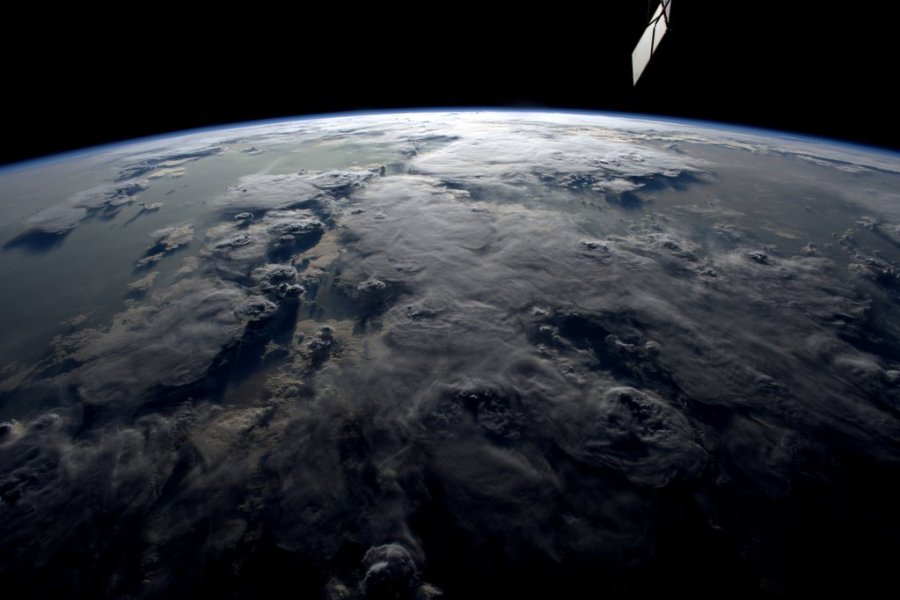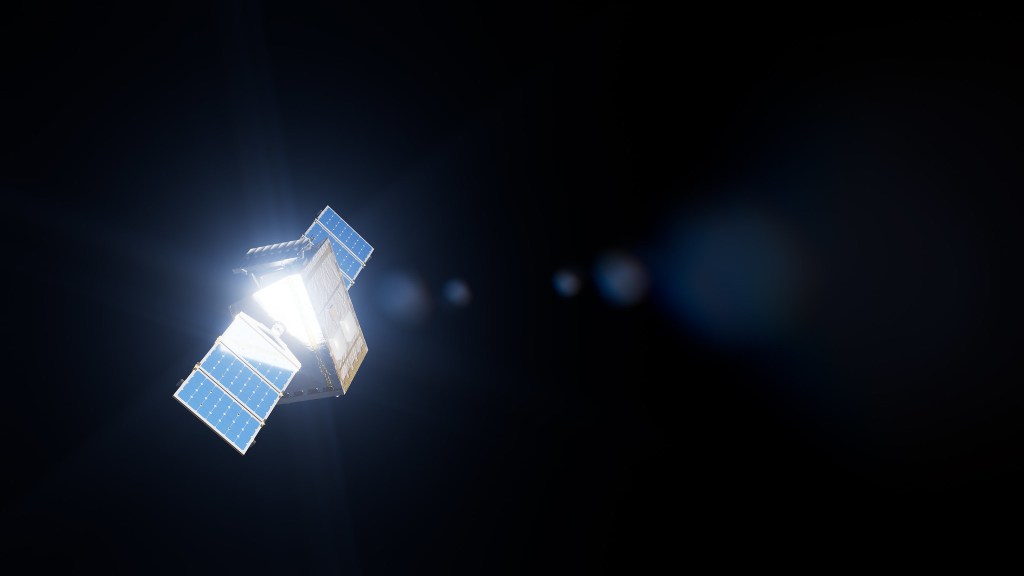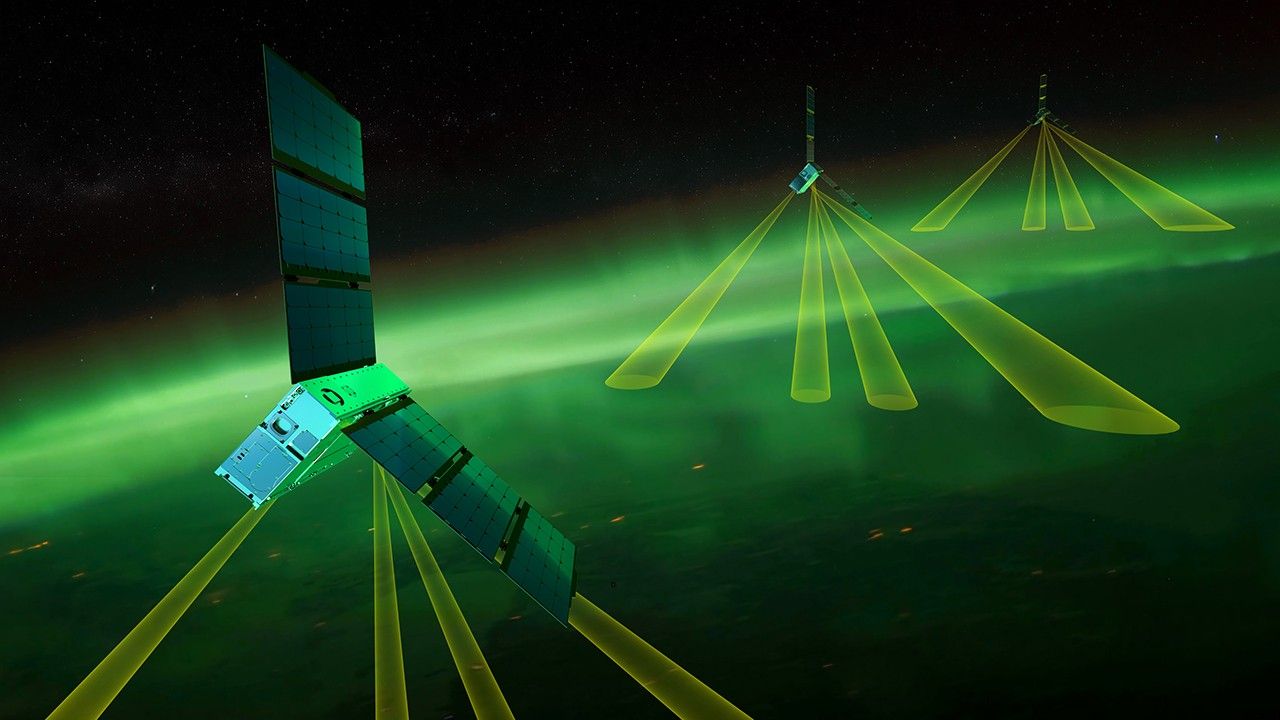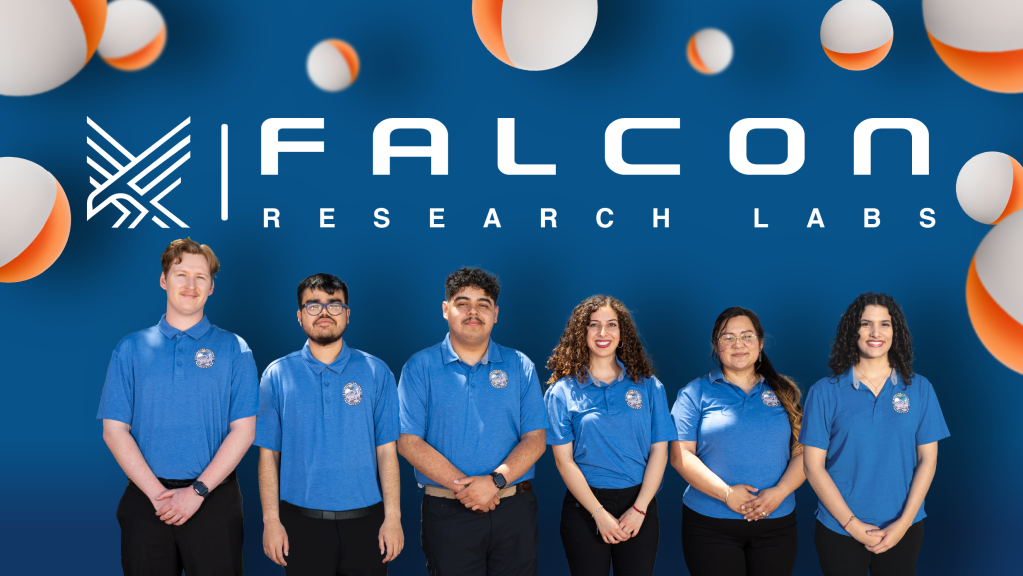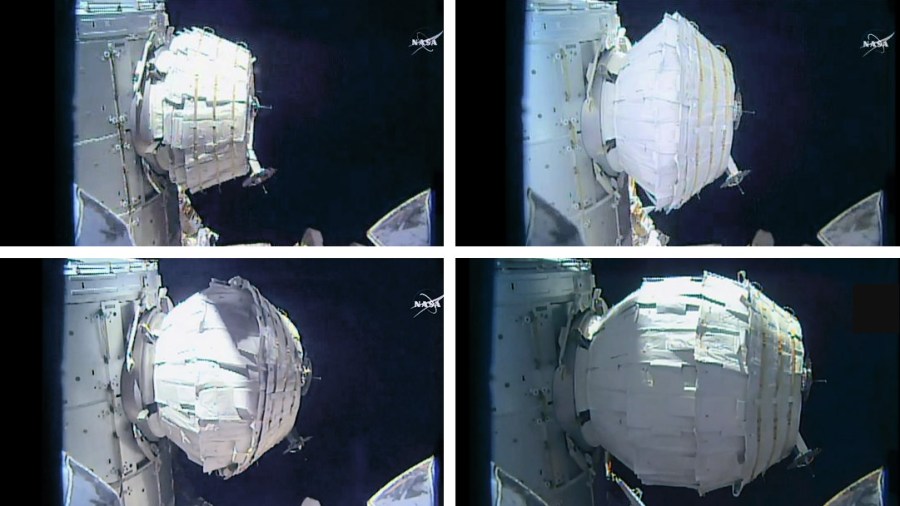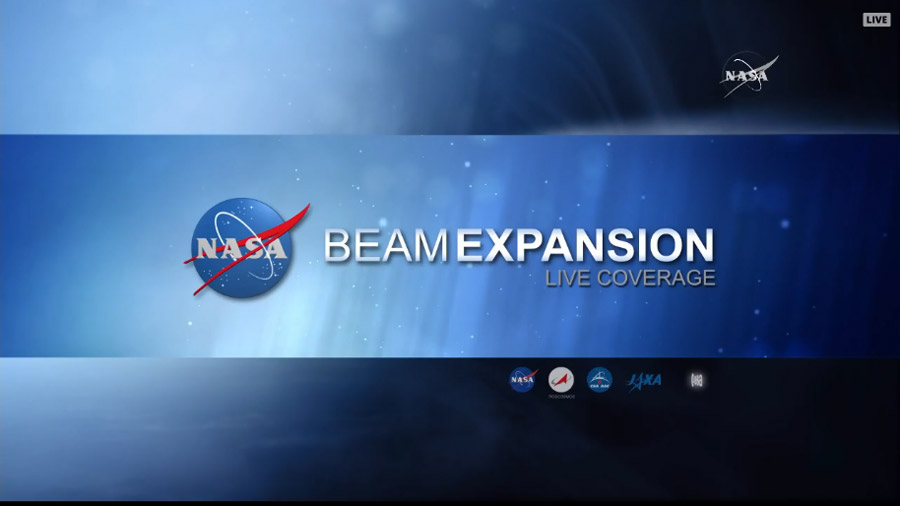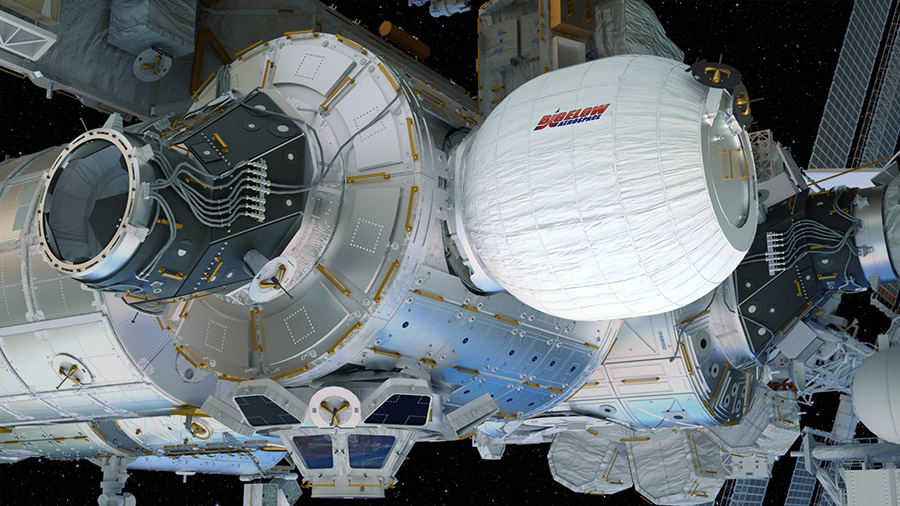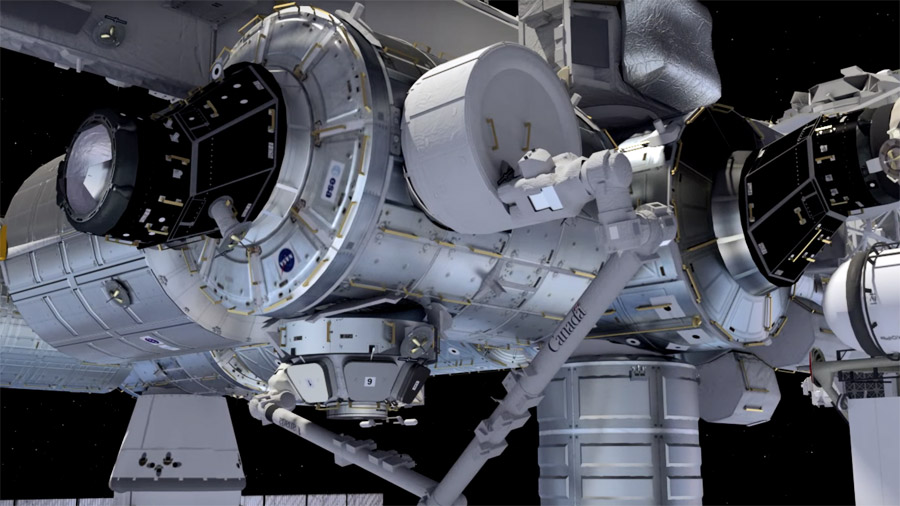BEAM, the Bigelow Expandable Activity Module, was successfully expanded Saturday beginning two years of tests to demonstrate the new expandable technology. BEAM was pressurized and expanded to its full volume, width and length this weekend after 25 pulses of air were introduced into the new module. BEAM leak checks are underway and will continue before …
BEAM Leak Checks Before Crew Enters Next Week
